Why Creativity Loves Constraints (4 Practical Creative Challenges To Get You Unstuck)
The highest form of creativity is found by improvising within a set of restrictions.
— Christopher Nolan
The blank canvas is a common mental block experienced by creatives and it’s often described as the paralysis one faces when starting a new project.
But why do so many artists experience the blank canvas?
Are there ways to get around this paralysis?
And is the blank canvas the only way for us to start a new musical idea?
After experiencing varying degrees of the blank canvas throughout my years as an audio creative, I set out to try and understand why this happens.
Or at the very least search for a solution, a cure, or a way around it.
With the help of books, podcasts and research on the topic I began to get a greater understanding of the blank canvas and how to defeat it.
Eventually this led me to the concept and practical application of constraints within my creative process.
After applying constraints their effectiveness was undeniable.
Soon after trying them I quickly set out to develop and implement fun and creative challenges which would help me steer clear of this paralysis by analysis caused by the blank page.
Besides being easy to implement, constraints showed me a new path to creative flow which made my limited studio sessions more enjoyable –Ultimately helping me become a more efficient, productive and disciplined music producer.
So why don’t we start from the root of it all?
Why does the blank canvas invite resistance and pose such a huge challenge for artists?
Why The Blank Canvas Invites Resistance
The blank canvas successfully paralyzes so many artists because of what it represents:
Infinite possibilities.
When we have an abundance of choices this causes us to overthink.
When we overthink, soon frustration follows and many times this is enough to keep us from starting altogether.
We’re like a kid in a candy store, unsure of which candy to pick because of the countless variety.
Too many choices or irrelevant options can cause hesitation, confusion, or worse – abandonment.
– Nir Eyal
Once overthinking and frustration have manifested itself this opens the door for other negative emotions and mental states which aren’t conducive for creativity.
Let’s take a closer look at each of these.
Option Overwhelm Crushes Creativity
The human mind has a hard time conceptualizing large quantities of information. In fact we only retain 5% of the information we consume on a daily basis.
This becomes an even greater problem when we are faced with infinite choices (such as the abundance of samples, VST instruments and sounds available to us via the internet and our hard drives).
As artists this problem is magnified because our greatest strength also happens to be our greatest weakness:
A highly imaginative, creative and hyperactive mind.
When you couple the creative mind with an abundance of choices it becomes the perfect recipe for paralysis by analysis.
Ultimately, it’s this analysis that leads many artists to inaction.
When you have an abundance of choices you begin to think deeply about every possible decision you can make, yet unable to commit to a single one.
Creativity arises out of the state of thoughtless presence in which you are much more awake than when you are engrossed in thinking.
– Eckhart Tolle
Just as Tolle suggests and from personal experience, creativity seems to thrive in a state of “thoughtless presence” instead of a cerebral “thinking” and an analytical state of mind.
Creativity And Emotional States
Once the blank canvas has successfully paralyzed an artist, this invites a range of emotions which begin to fill our inner voice with mantras of:
Fear
Doubt
Uncertainty
These negative emotions affect our mental and emotional states which wall us off to the states which are optimal for creativity (curiosity, exploration and openness).
Overthinking increases our odds of getting tangled in our negative thought loops and emotions instead of acting in creation itself.
If we let go of our analytical thoughts, the flow might be able to find a path through us more easily. We can be and do rather than think and try. Create in the present rather than anticipating the future.
– Rick Rubin
Luckily for us constraints can help us bypass overthinking and provides a clear objective which effortlessly leads us into creation.
But why do constraints work and how can we use them to tap into creative flow?
Why Creativity Loves Constraints
The more constraints one imposes, the more one frees one's self. And the arbitrariness of the constraint serves only to obtain precision of execution.
— Igor Stravinsky
The reason why constraints work is because they serve as clear rules and guidelines which keep us focused on a path towards progress.
By limiting our choices within a set of constraints we also allow our subconscious mind to brainstorm creative ways in which we can break the rules imposed by said constraints.
Let’s take a closer look at each of these.
Constraints Give Us Clarity
Think back to when you were a kid and used to get lost in coloring books (Or maybe you still do).
Each artwork in the coloring book served as a constraint.
Every time you would open up a page the objective was clear:
Color.
Now instead of opening up a coloring book imagine opening a notebook with a full blank page. Chances are it will probably take you a few minutes to think about what you’re going to draw or what colors to use before you even start.
It’s in this precise moment of indecision and “thinking” when artists are most vulnerable to resistance.
This is because when you’re in front of your DAW the purpose is to create and act, not to “think” about what you will create.
To reiterate Rick Rubin’s words from earlier “We can be and do rather than think and try”.
Ultimately the mental energy spent on thinking about what you’ll draw takes up just as much energy as creation itself.
Just like a coloring book, when we have an outline or a direct instruction of what we’re going to color, it makes the objective is crystal clear and we’re able to focus on taking action.
Creation.
Focus is a matter of deciding what things you’re not going to do.
— John Carmack
Constraints Allow Us To Think Outside The Box
Once again let’s think back to our coloring book analogy.
We have our constraint in place (the colorless artwork), but now as we begin to color we come across a fork on the road.
Do you color within the lines?
Will you allow your color to bleed our of the lines?
Will you color the elephant in your coloring book gray as it is in nature or will you reach for your pink crayon for an unconventional look?
It’s at this moment when you’ll find yourself deep in creative flow.
This is where you’ll begin to make creative choices solely for your own self-amusement.
Creative play.
More often than not this self amusement comes from seeking creative thrills.
And what greater thrill for an artist than breaking the conventional rules, going to the edge, and pushing the boundaries of what has been done before?
It’s only by using constraints that we unlock the possibility for us to “break the rules”.
We can’t think outside if there’s no box or rules to break.
For these reasons constraints have proven to be an essential part of my creative process.
They offer me a clear, resistance-free path into creative flow.
It’s no exaggeration when I claim that I very rarely, if ever experience creative blocks, overthinking and procrastination since I began incorporating constraints in my creative process.
Now let’s take a look at some practical ways in which you can use constraints and effectively avoid or at least reduce the effects of the blank canvas.
How To Bypass The Blank Canvas (4 Practical Constraint Challenges To Get You Unstuck)
Over the years I’ve implemented constraints I’ve created some tried and tested creative challenges around constraints.
All of the creative challenges I’m about to list have helped overcome the debilitating effects of the blank canvas and quickly lead me into a state of creative flow.
As always I encourage you to think and come up with your own constraint challenges and creative games. These are just some that have worked for me.
They might not be the best or the most fun or inventive, but hopeful they can inspire you to come up with your own.
Keep in mind that the purpose of these constraints is to get you from a blank page to MIDI notes on your DAW as fast as possible with little to no resistance.
So without further ado, let’s get into some of my favorite constraints.
Side note: I like to establish my constraints before the start of every studio session. I feel this helps me align my intention with what I want to achieve. However, the nice thing about constraints is that they can be applied at any stage of your creative process. Whether you're going back to rework a completed song or still working on one which is 50%.
1. Musical Constraints
Nowadays I rarely start a new musical idea without choosing a musical or melodic constraint before I sit down to create.
These musical constraints work because starting with a predetermined key locks you into a specific scale (a limited amount of notes).
However there are many other creative challenges we can use as the focal point of our musical constraints.
Here are some I’ve picked up along the way which I’ve used successfully in the past.
One Note Song
This challenge involves creating a song using only 1 or 2 notes (only octave changes allowed).
Some of the benefits of this challenge is that it allows you to avoid the thinking involved in writing a cohesive piece of music. This allows you to focus on rhythm, arrangement, and texture rather than harmonic complexity.
Give this a try if composing or music theory is not one of your strengths.
You’d be surprised how complex and dynamic a song can get when constrained to only 1 or 2 notes.
Authentic Chord Progressions
For this exercise we are going to leverage the music we like and build a song that authentically speaks to us.
By choosing a song that we like and enjoy we are capturing that energy and enthusiasm and channeling it through our own unique filter as we create an idea around it.
Here’s the easy 3 step process to get you started.
Choose Song: Choose a song that is special to you or currently enjoying.
Capture MIDI: Record or find the chord progression of this song and use it as the foundation for your original song (I use Chordify to get chord progressions in MIDI format).
Create: With this chord progression as your foundation, get your keyboard or MIDI controller and start writing as many melodies, lyrics, and other musical elements around this chord progression.
I like to put my chord progressions on loop and set a timer for 30 minutes (Stacking 2 constraints at once).
Within this timeframe I write as many ideas and tracks as possible in the scale of this chord progression.
It’s important to note that at this stage you should create without judgment or much thinking about the quality or character of ideas.
Let it all flow out.
You will have time to come back to them with fresh ears and a critical mindset at another stage of your process.
By the end you should have countless tracks of melodic or lyrical ideas over this chord progression.
Congrats, your new song is somewhere in that project file. We’ll come back to it some other time, but for now your job here is done.
2. Instrumental Constraints
Constraints around instruments and sound libraries are another great way to inspire creativity.
By using instrumental constraints we experience the truth held within the age old philosophy of “Less is more”.
Here are some fun challenges I’ve used with success.
One Plugin Challenge
The challenge here is to create a complete song using only 1 virtual instrument within your DAW.
By sticking to only one instrument we limit our options and remove the need to search through our countless plugins for the ‘perfect’ sound.
Instead we embrace the idea of creating the perfect sound or simply finding a sound that is ‘good enough’.
I highly recommend this if you tend to overthink during your creation process and if you find yourself frequently searching for the perfect sound.
Curated Sound & Sample Palettes
Just like our One Plugin Challenge, creating a folder or group of presets and samples limits our options when it comes time to create.
However, for this challenge the focus is more about the process of organizing the samples and preset libraries.
I like to use this constraint on days when I’m in a rush, have little time or I’m not particularly feeling creative.
For example, I create groups and folders of samples which I’ll save and use for these specific challenges.
Sometimes my sound libraries or groups follow a theme (tribal, electronic, acoustic) other times they are made to capture a certain mood or vibe (sad, melancholy, euphoric).
It’s all dependent on you.
The important thing to remember when using such constraints is to have the discipline and commitment to abide by the limits or rules of the constraints.
However, it’s equally as important to recognize when a constraint has served its purpose and allow yourself to throw it out if you feel the song is calling for a pivot.
Some ideas will simply plead you to break them out of a constraint because they need to become something more.
In the end, the key mechanism here is that by limiting our options our focus increases, which is the optimal state to enter a creative flow state. And this can help push you to explore the full potential of your chosen sounds.
3. Thematic Constraints
A thematic constraint is the most abstract and creative of the bunch, but it can be incredibly fun and produce some rewarding musical ideas.
This constraint requires you to pick a theme for your song and write a song around it.
This can be a musical theme or even a more abstract theme.
The reason why I like thematic constraints is because they allow me to channel my interests and likes outside of music into my songs, which allows me to create more authentic music.
For example, here are some ideas for thematic constraints I’ve used in the past.
Write A Soundtrack For An Image
The challenge here is to pick an inspiring image, work of art or photograph and write a soundtrack for it.
As they say, an image can speak a thousand words but it can also speak a thousand musical ideas.
What would the soundtrack to this image sound like to you?
Is it sad, happy or contemplative?
What do the colors sound like?
What are the textures?
What would those textures sound like?
If there’s people in it, what are they saying? (This can inspire lyrics too).
Bringing an image to life through music forces us to think creatively and is an easy way to break out of the traditional methods of writing music.
Give this a try if you’re feeling adventurous.
Reinterpreting Your Favorite Songs
This challenge also involves choosing a song that you’re fond of. Once you have chosen a song the objective is to write a response to this song.
If the song is lyrical maybe you want to continue the story and write a part 2 for it.
What would that sound like?
Maybe you want to write a prequel or a backstory for this song.
Is it slower, faster or the same tempo?
If the story is about heartbreak maybe you can write a song about the other person’s perspective or maybe weave in a personal story from your life.
The possibilities are endless.
This gets even more interesting if you create instrumental music as the ideas and themes can get even more abstract.
Whatever the case may be it’s about using another song as a way to catapult you into your own original ideas. Similar to a remix but more inventive and original.
As you can imagine, a lot of these themes can bring up intense emotions which can then be the fuel we need to kickstart and keep us engaged in a new idea.
Whether it's a specific emotion, story, or a visual image, this can guide your musical decisions in a cohesive direction.
Time Constraints
If you struggle with overthinking and procrastination, I recommend using time constraints.
Personally I like to use analog/physical timers as a pose to digital ones.
There’s something special about looking at the seconds tick by that makes it so much more effective, at least for me.
However that’s just a matter of preference. But whether you choose to go the analog or digital route I do recommend you keep your timer in view at all times.
I’ve found that time constraints force us into quick decision making. This works especially well if your time for creation is limited because of a full-time job, family or other commitments.
Even if you’re a full time producer or artist and you have ample time to create, I recommend using timers for the sake of novelty and experimentation.
Some of the ideas I’m most proud of were forged under the pressure of time.
Constraints As A Tool To Inspire Action
Constraints have helped me immensely and I consider them a staple in my own creative process.
They became increasingly effective as I got older and busier with other life responsibilities such as a full-time job, and social life and family obligations.
The beauty of constraints is that they’re completely free and accessible to anyone. You simply need some imagination and creativity to come up with your own (Or just try some I’ve detailed in this newsletter).
In the end some of the greatest creatives, authors and thinkers of our times use constraints as the basis of their creative habit.
They understand that as unpredictable and enigmatic creativity can seem it can also be directed, channeled and engineered wit the help of constraints.
It may seem counterintuitive that something as restrictive as constraints can actually liberate us creatively, but it is what the greats understand and what my experience has taught me.
Discipline = Freedom
– Jocko Willink
I hope you gained some clarity with this newsletter and as always thank you for reading.
Until next time,
— Hermes
P.S. If you're serious about finishing more authentic music, evolving your sound, and building creative momentum, here are 3 ways I can help:
→ Creative Foundations Vol. 2 (Free): A 17-page starter guide to help you consistently finish more music. Inside, you'll discover the proven 5-stage creative process I teach artists—so you can overcome blocks, organize your ideas, and develop a sustainable songwriting flow.
→ Signature Sound Workshop (Waitlist): My step-by-step mentorship program to help you finish more music, develop a recognizable sound, and build a body of work that’s true to you. The beta version is open now for a limited time.
→ 1:1 Mentorship & Coaching: Apply to work with me directly. Together, we’ll identify and eliminate your creative bottlenecks, refine your unique sound, and design a personalized workflow for long-term growth.



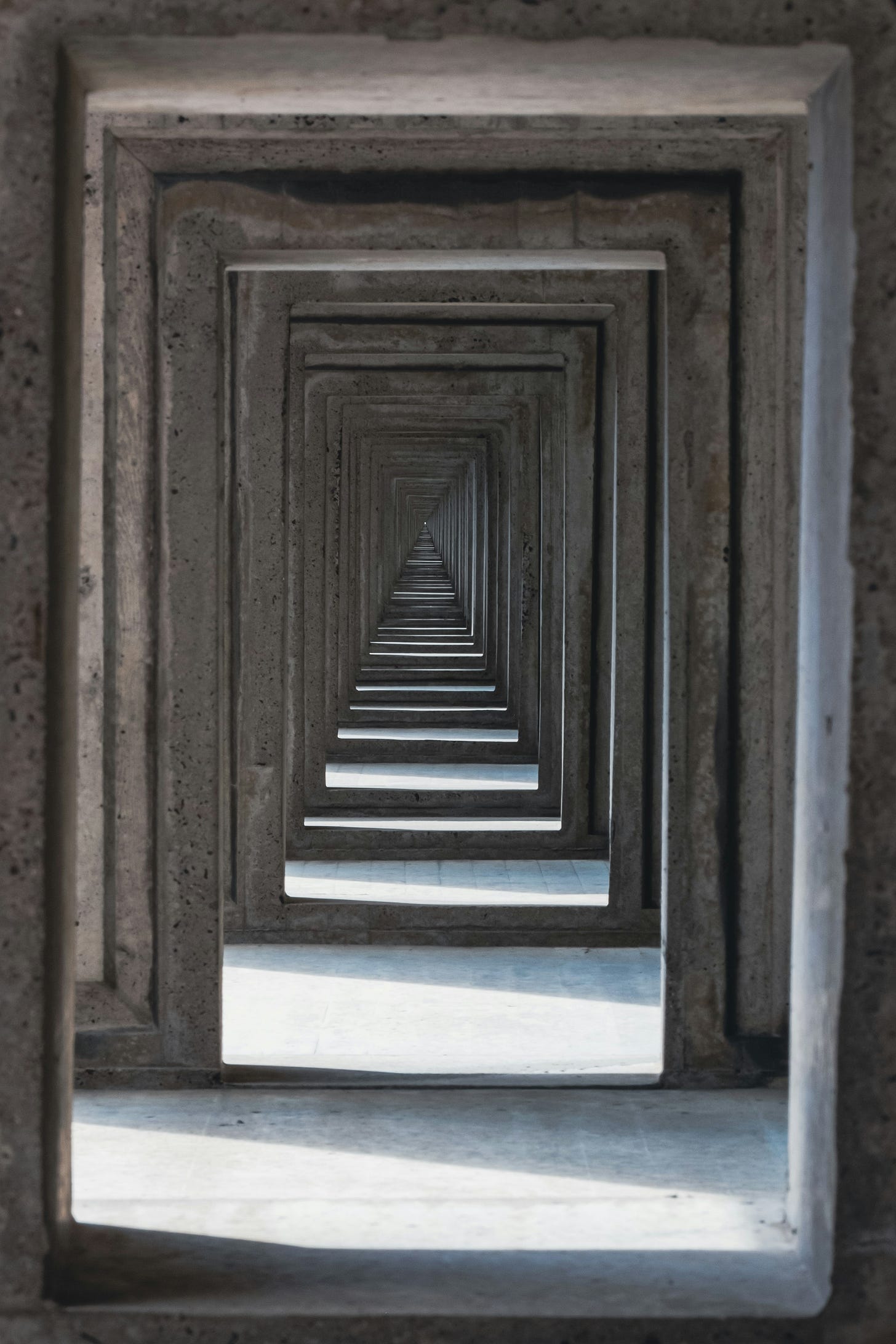
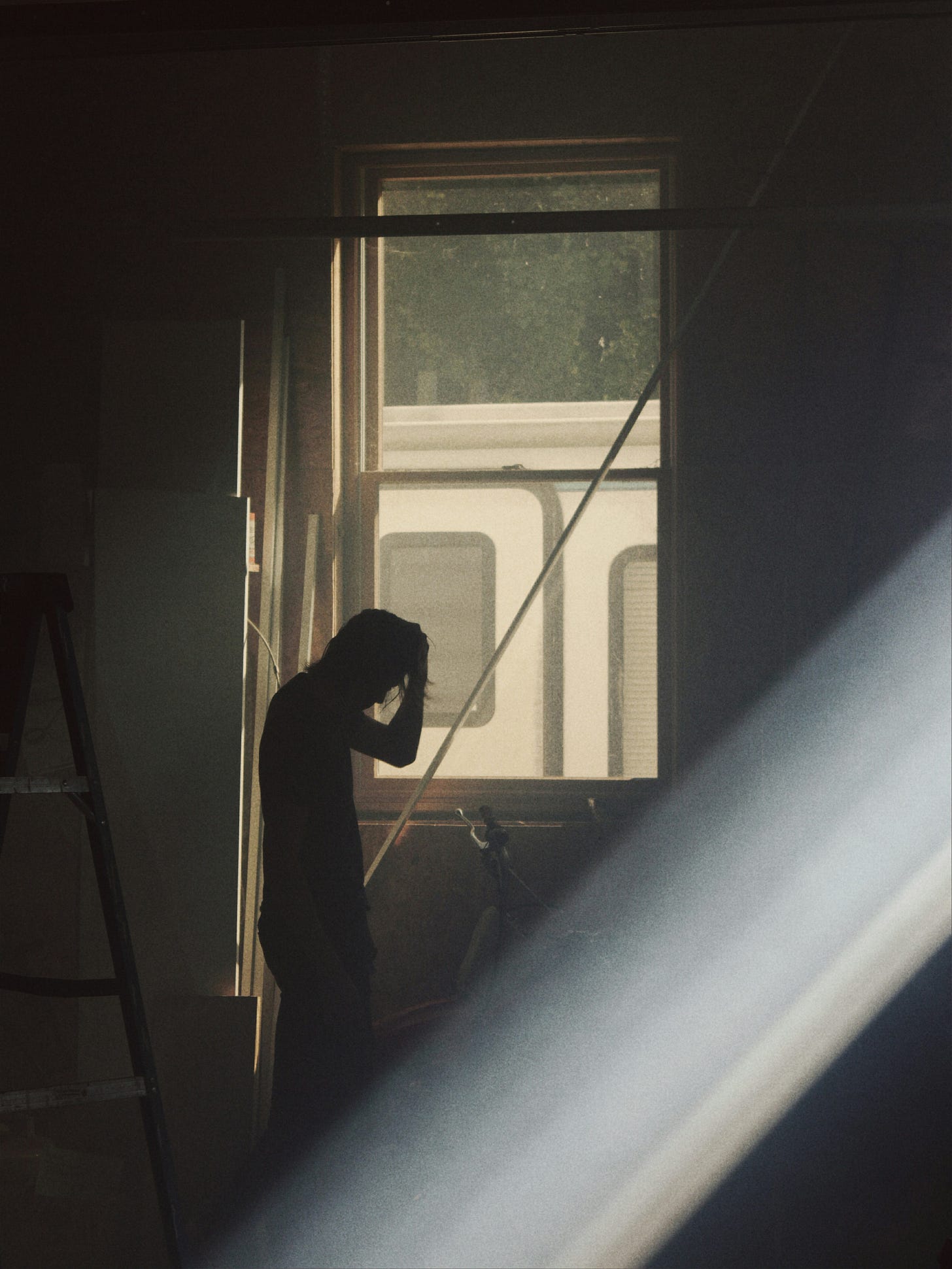
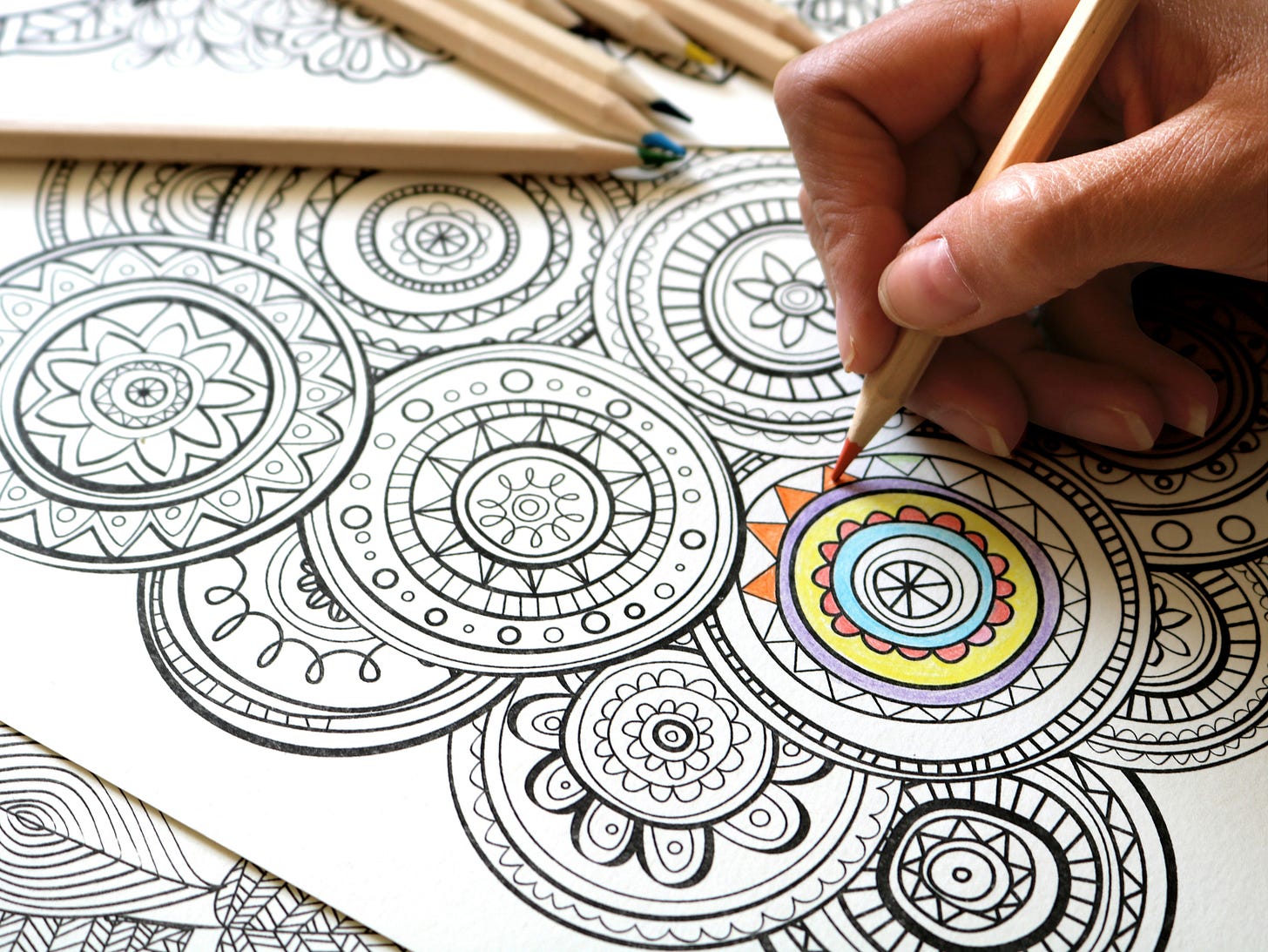


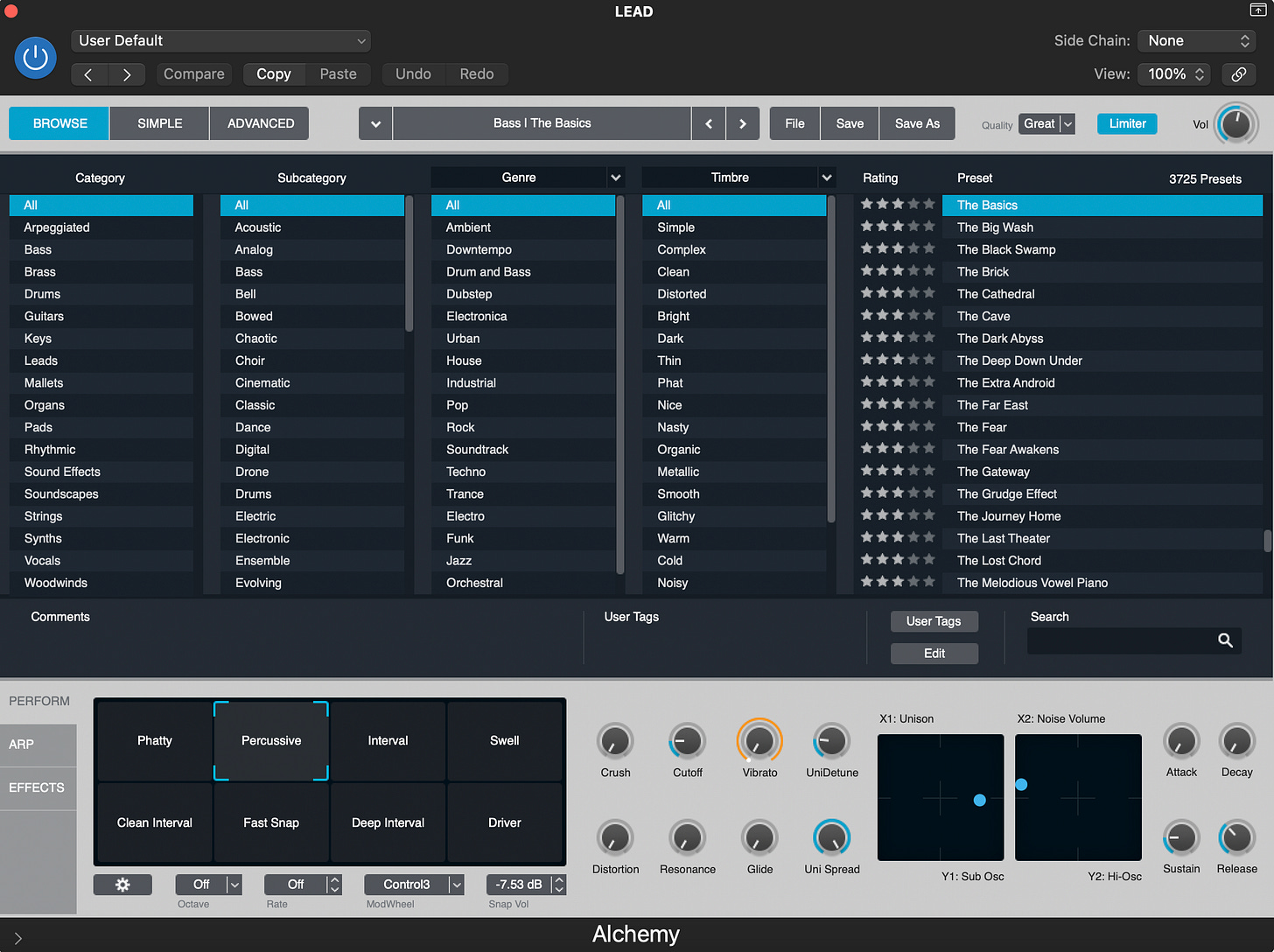
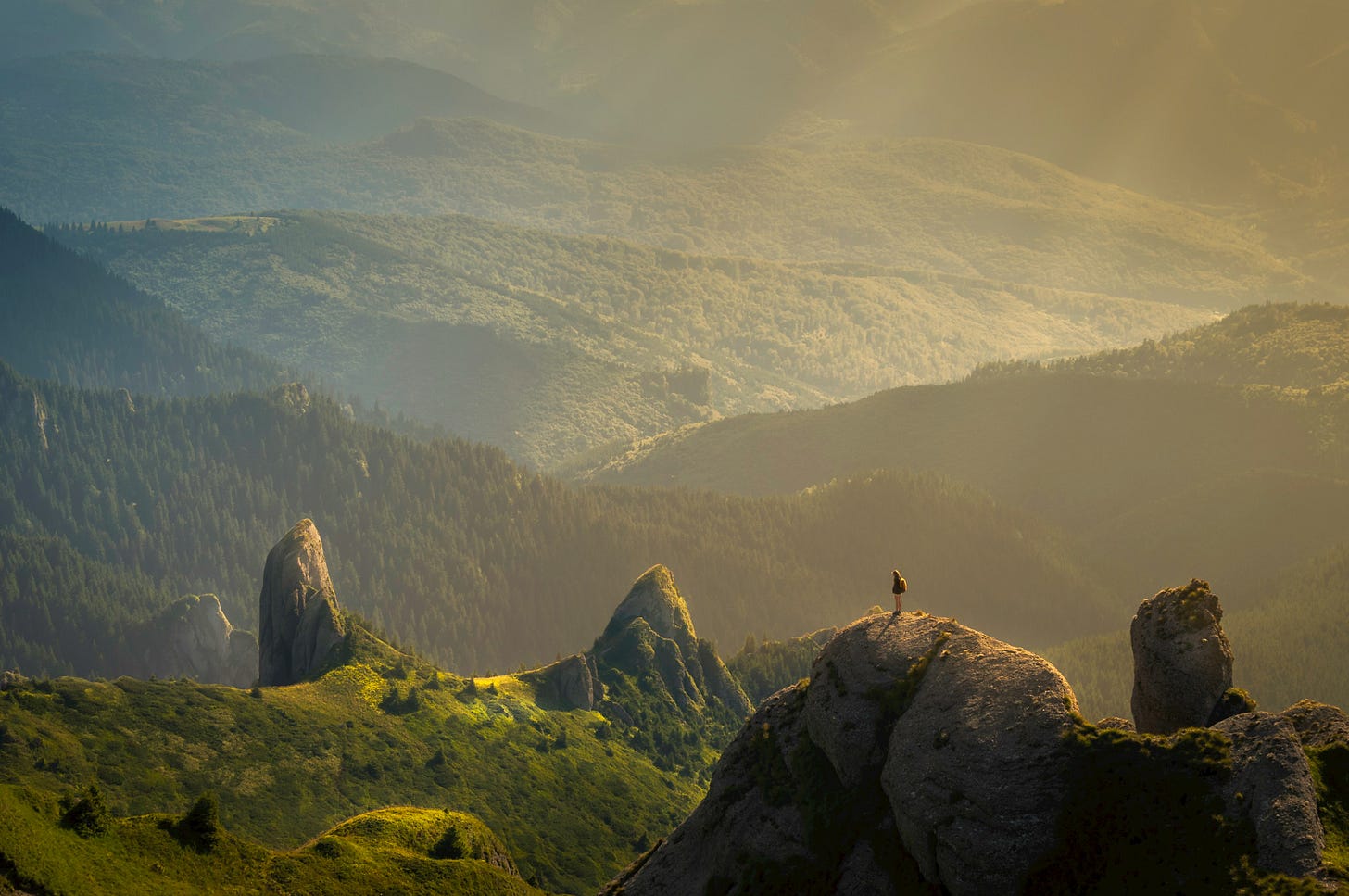

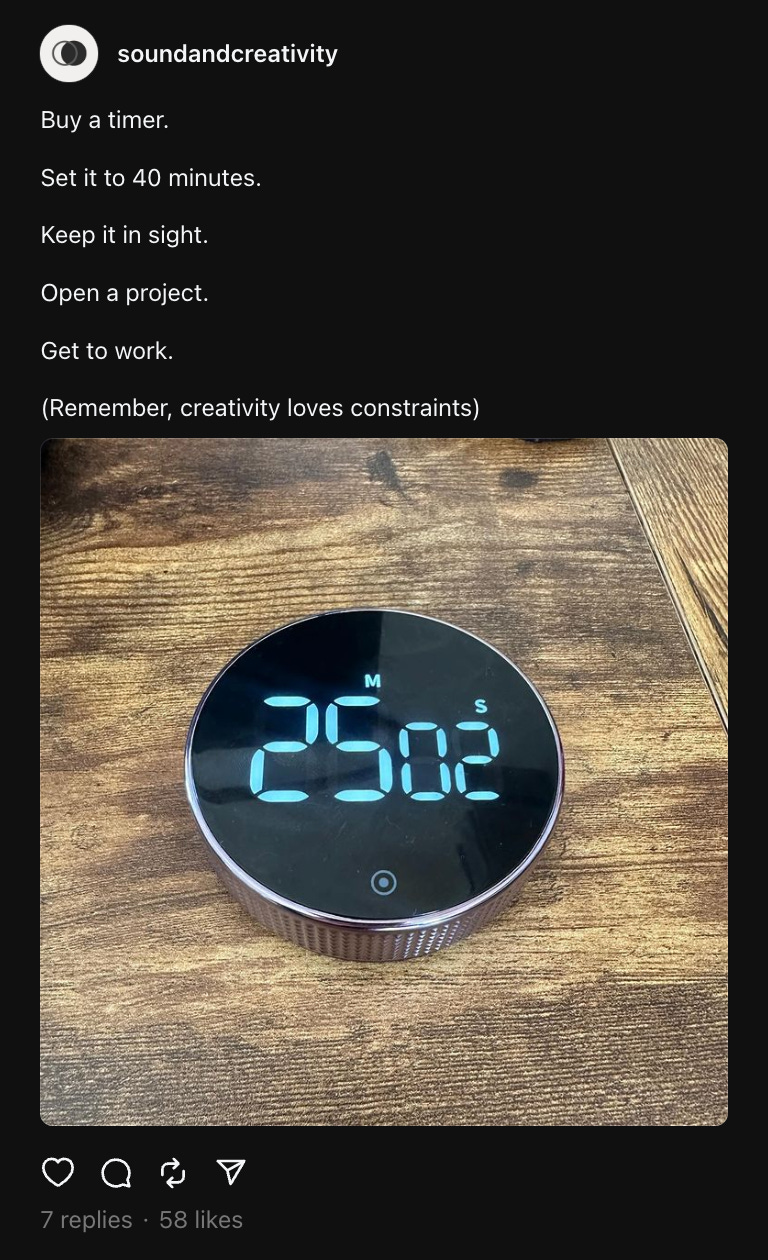
Thank you for the article, I will definitely save it to come back to it later